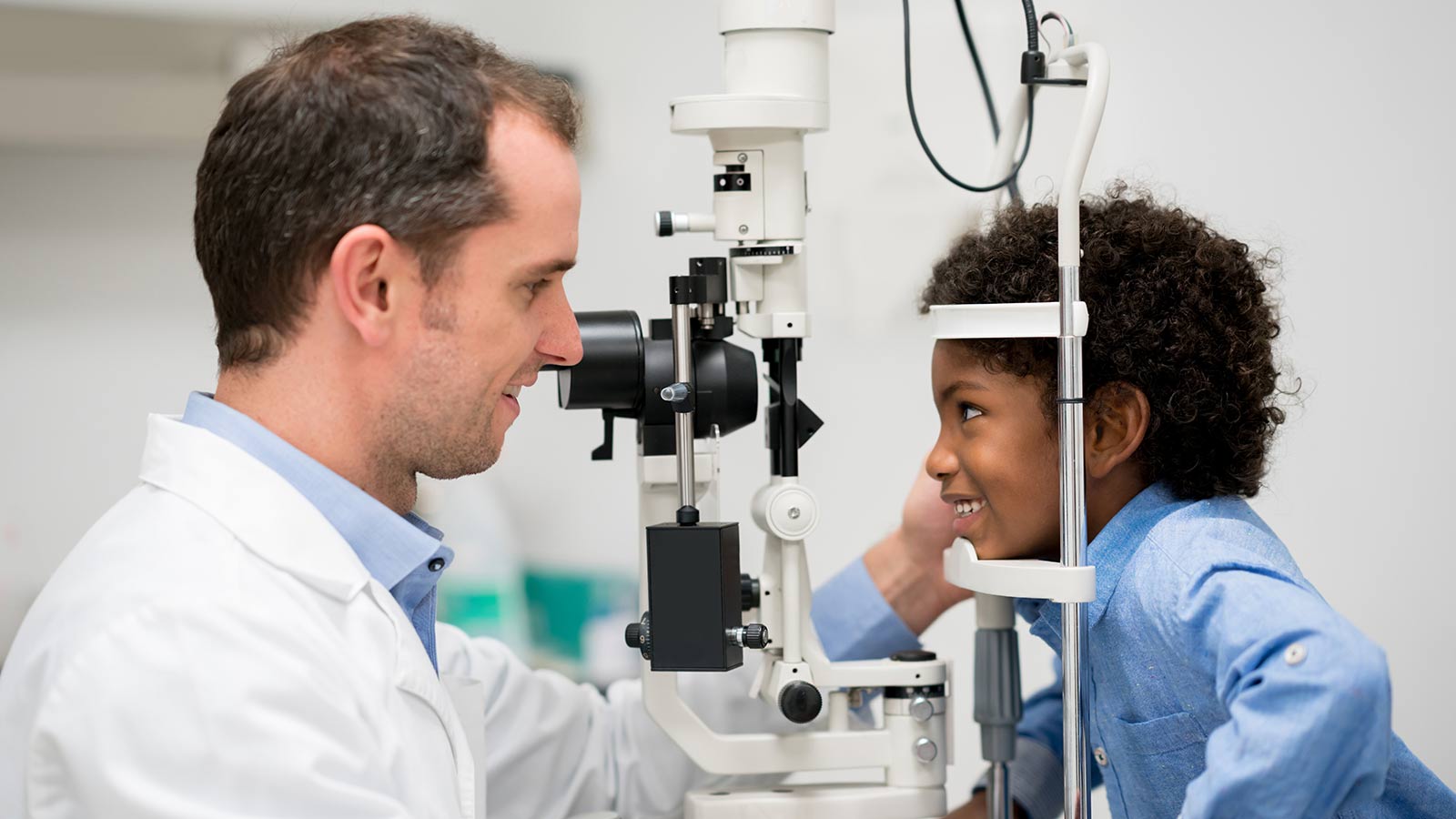
As a parent, caring for your child’s overall health is one of your top priorities. While you may be keeping track of their physical growth and developmental milestones, one often-overlooked aspect is their vision. Vision problems in children can significantly affect their learning, behavior and overall quality of life, making early detection vital. If you’re wondering whether your child might be experiencing eye issues, keep reading to understand the signs, potential impact of poor eyesight, and how to take proactive steps to address vision problems.
The importance of early vision checkups
Vision problems in children are more common than many parents realize. According to the American Optometric Association (AOA), 1 in every 4 children has a vision disorder. These issues often go unnoticed because children are not always able to express or understand when something isn’t quite right with their eyes. Early detection can help prevent complications later in life, such as vision loss, poor academic performance, or behavioral issues.
Eye problems, such as nearsightedness, farsightedness, or astigmatism, may begin at a young age. By scheduling regular eye exams, you give your child the best chance to succeed and address any concern before they affect their daily life.
Recognizing vision problems in children
It can be challenging to know when a child has vision problems, especially since they might not be able to identify the issue themselves. However, there are several signs that may indicate eye problems. If the child experiences any of the following symptoms, it might be time to schedule a visit to the eye doctor:
- Squinting or closing one eye – If you notice that the child is squinting to see better or frequently closing one eye, it could be a sign of uncorrected vision issues. This behavior often occurs when children try to focus on something but struggle to see clearly.
- Avoiding reading or close work – If your child avoids reading or other tasks requiring close-up focus, it might indicate farsightedness (hyperopia), as these activities can feel tiring or uncomfortable for them.
- Difficulty seeing distant objects – Children with nearsightedness (myopia) could lead to frustration in activities like reading from a classroom board, but it’s less likely to affect close work. They could also have difficulty reading street or store signs while riding in a car, or even confuse airplanes with birds.
- Frequent headaches – Vision problems can cause eye strain, leading to frequent headaches. If a child complains of headaches, especially after reading or doing schoolwork, it could be related to eye problems.
- Difficulty following moving objects – If a child has trouble tracking moving objects or seems clumsy and uncoordinated, they may have vision issues affecting their ability to focus on moving targets.
- Poor academic performance – Vision issues can contribute to learning difficulties. If a child’s academic performance is below expectations despite their efforts, poor eyesight could be a factor.
How vision problems affect learning
Children with untreated vision problems are at an increased risk of learning difficulties. Vision-related learning problems occur when children struggle to process visual information, which can affect their ability to read, write and engage in classroom activities. According to the AOA, undiagnosed vision problems are often mistaken for learning disabilities or attention issues.
For instance, a child with poor eyesight may have trouble reading the board at school, causing them to fall behind in lessons. This can lead to frustration, reduced self-confidence, and even behavioral problems. Early detection and treatment can help prevent these issues, allowing the child to perform better in school and feel more confident in their abilities.
Common vision problems in children
Several vision problems can affect children, ranging from mild to severe. Some of the most common issues include:
- Nearsightedness (myopia) – a condition in which distant objects appear blurry, while close-up objects are seen clearly. It often develops in childhood and can worsen over time.
- Farsightedness (hyperopia) – a condition that causes nearby objects to appear blurry, while distant objects are seen more clearly. It can lead to difficulty with reading and other close-up tasks.
- Astigmatism – occurs when the cornea or lens of the eye is irregularly shaped, causing blurry or distorted vision. This condition can affect both near and distant vision.
- Crossed eyes (strabismus) – occurs when the eyes do not align properly, causing one eye to turn in, out, up, or down. It can result in double vision or difficulty focusing.
- Lazy eye (amblyopia) – occurs when one eye does not develop normal vision, often due to misalignment or unequal focusing. Early treatment can help prevent permanent vision loss in the affected eye.
- Color blindness – a condition where someone has difficulty distinguishing between certain colors. While it is not typically harmful to the a child’s overall vision, it can affect learning and daily activities.
How to address vision loss in children
While some vision problems are hereditary, there are steps parents can take to help reduce the risk of vision issues. Schedule eye exams starting at six months old and continue regular checkups as they grow to help detect issues early. If they play sports, encourage protective eyewear to reduce the risk of eye injuries. Excessive screen time can contribute to digital eye strain. Encourage breaks from screens to reduce eye fatigue. And encourage a healthy diet rich in nutrients that promote eye health, such as vitamins A, C and E as well as omega-3 fatty acids.
If you suspect your child has vision problems, don’t wait. Early detection and treatment can help prevent long-term issues, improve their academic performance, and enhance their overall quality of life. Vision problems are common among children, but with the right care and attention, most issues can be corrected. Find a provider near you today to make sure your child is seeing their best.
Want the latest & greatest from our health blog straight to your inbox?
Subscribe today for a periodic email with our latest posts.

